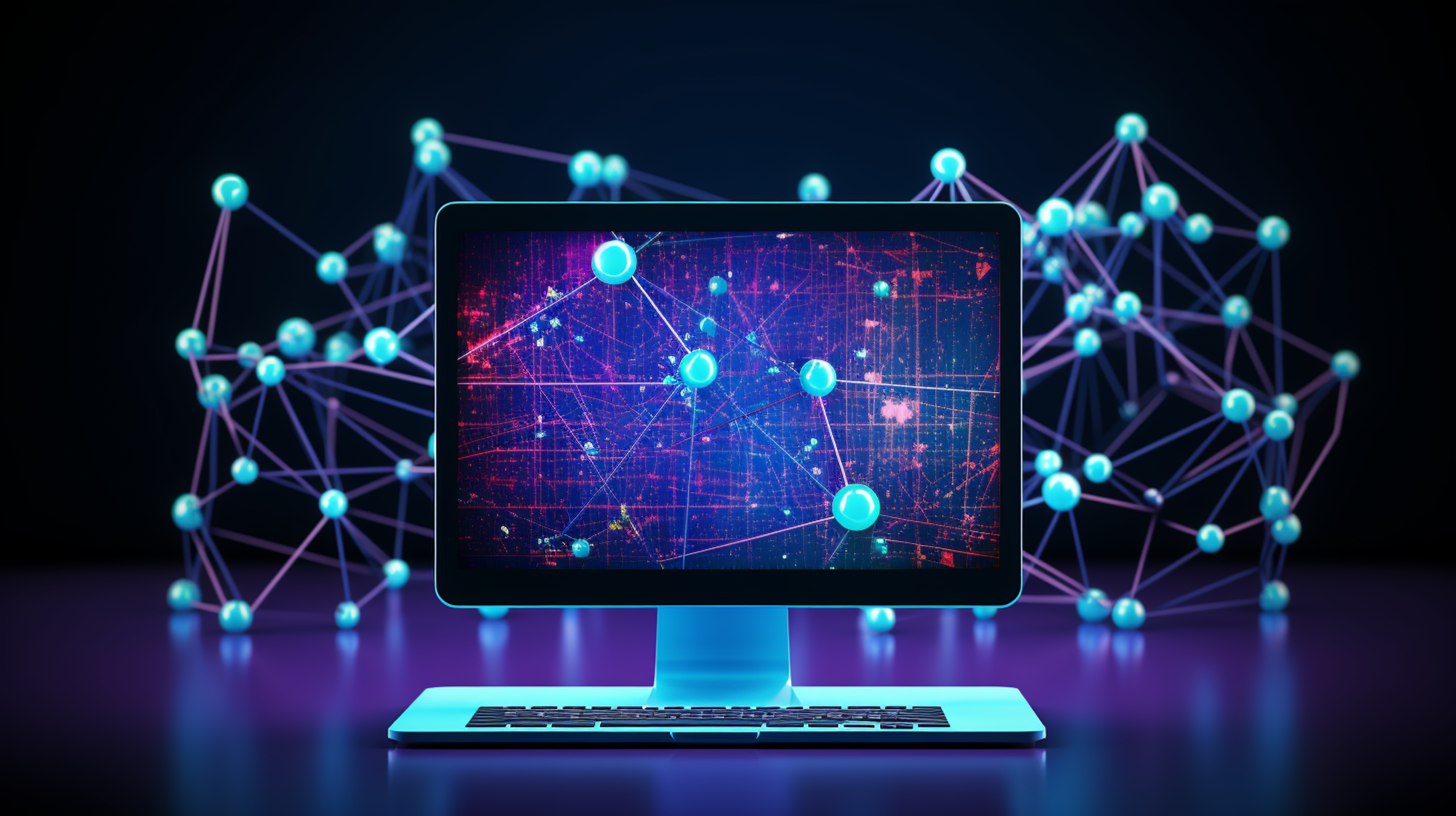Lesson 1
Shell Workshop
The Unix shell is a powerful tool for developers of all sorts. In this lesson, you'll get a quick introduction to the very basics of using it on your own computer.

Course
Say hello to the Unix command-line environment! This is a quick introduction to the bash shell, the most popular Unix-style shell, available on Mac, Windows, and Linux systems.
Say hello to the Unix command-line environment! This is a quick introduction to the bash shell, the most popular Unix-style shell, available on Mac, Windows, and Linux systems.
Last Updated March 7, 2022
No experience required
Lesson 1
The Unix shell is a powerful tool for developers of all sorts. In this lesson, you'll get a quick introduction to the very basics of using it on your own computer.

Command Line Instructor
Before joining Udacity, Karl was a Site Reliability Engineer (SRE) at Google for eight years, building automation and monitoring to keep the world's busiest web services online.
Combine technology training for employees with industry experts, mentors, and projects, for critical thinking that pushes innovation. Our proven upskilling system goes after success—relentlessly.

Demonstrate proficiency with practical projects
Projects are based on real-world scenarios and challenges, allowing you to apply the skills you learn to practical situations, while giving you real hands-on experience.
Gain proven experience
Retain knowledge longer
Apply new skills immediately

Top-tier services to ensure learner success
Reviewers provide timely and constructive feedback on your project submissions, highlighting areas of improvement and offering practical tips to enhance your work.
Get help from subject matter experts
Learn industry best practices
Gain valuable insights and improve your skills